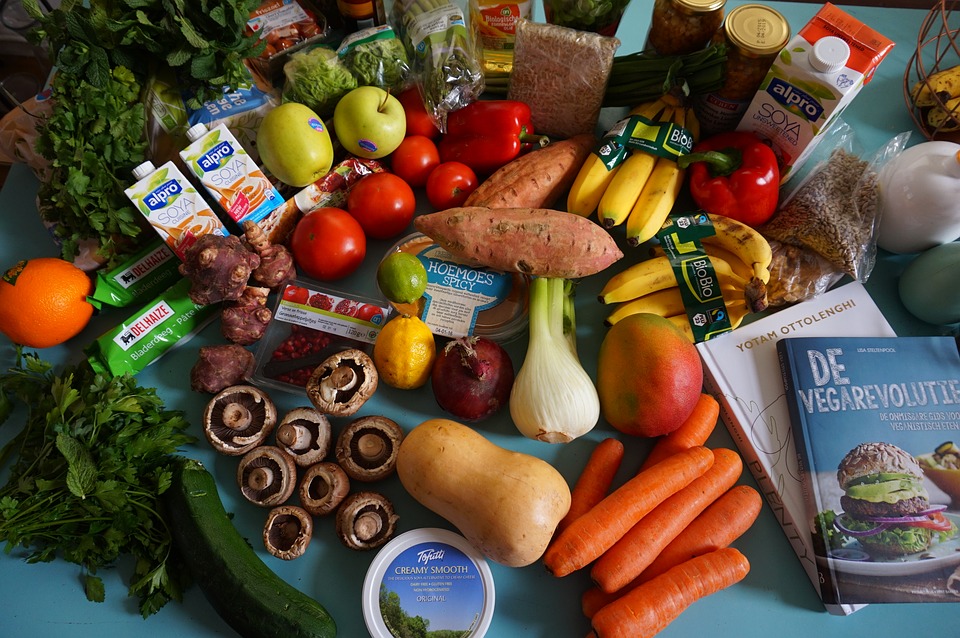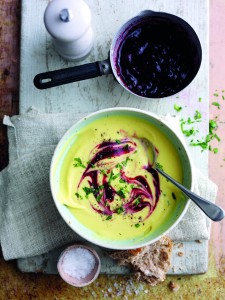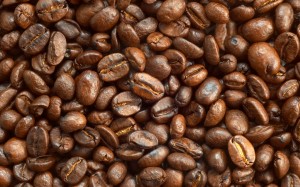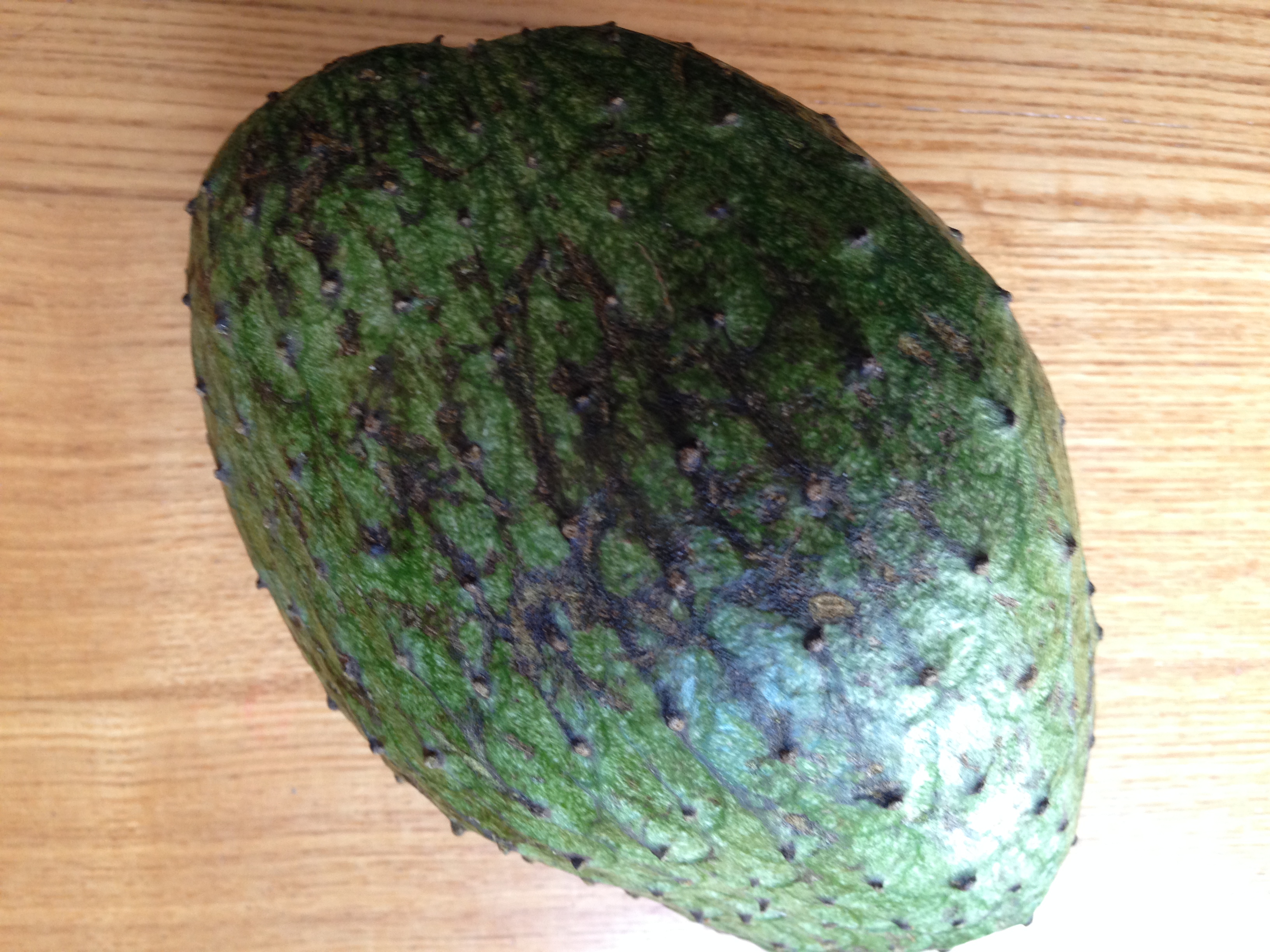“Antioxidant . supplements may make our bodies age faster,” the Mail Online reports. New research suggests that oxygen containing free radicals – the molecules that antioxidants are designed to target – may actually help cells live longer.
Antioxidants are a type of molecule that can neutralise free radicals, which are a type of unstable and highly reactive species of molecule. “Fans” of antioxidants have claimed that that reducing free radicals can slow the ageing process.
Due to these perceived properties, antioxidants are now big business. Global sales of antioxidants supplements now rank in the billions of pounds.
But a new study, into nematode worms, suggests that the formation of free radicals (in technical terms, ‘reactive oxygen species’) made the worms live longer.
This research contradicts the theory that free radicals are responsible for ageing.
The researchers suggest that reactive oxygen species might activate a signalling pathway within cells and trigger changes in gene expression altering the cells’ sensitivity to stress and promote survival.
Or as the German philosopher, Friedrich Nietzsche, famously said “That which does not kill us makes us stronger.”
However, the researchers point out several differences between vertebrates and worms. Nematode worms have a fixed number of cells, and the researchers suggest that because of this they try and repair rather than eliminate damaged cells.
It is unclear whether reactive oxygen species promote longevity in humans, or that antioxidants will make us age faster.
If you eat a healthy diet and take regular exercise then you will probably never need to take any supplements.
Where did the story come from?
The study was carried out by researchers from McGill University in Montreal and was funded by the Canadian Institutes of Health Research and McGill University.
The study was published in the peer-reviewed journal Cell.
The Mail Online’s reporting of the study was broadly accurate but it arguably overstated the potential implications. The study involved worms (C. elegans), not people.
The researchers say that mitochondrial reactive oxygen species – the species that antioxidants neutralise – are involved in apoptosis (programmed cells death) in vertebrates (which includes humans).
However, rather than being a bad thing, the researchers argue that this is part of a protective program which eliminates defective cells.
However, the nematode worm, C.elegans has a fixed number of cells, and the researchers suggest that because of this they try and repair rather than eliminate damaged cells.
Because of the differences between C. elegans and vertebrates it is unclear whether reactive oxygen species promote longevity in humans.
What kind of research was this?
This was animal research using the nematode C.elegans.
What did the research involve?
The researchers looked at mutants of the nematode worm C. elegans which had mutations in their mitochondria (the ‘power plant’ of the cell), normal (wild-type) C. elegans treated with a chemical called paraquat and wild-type C.elegans. Both the mutants and paraquat are thought to generate superoxide, a reactive oxygen species.
The mitochondrial mutants and C.elegans treated with paraquat have increased lifespan compared to the wild-type C.elegans.
The researchers performed a series of experiments to see how the increased production of reactive oxygen species increased lifespan.
What were the basic results?
The researchers found that changes in the apoptosis signalling pathway was required for the mitochondrial mutants and C. elegans treated with paraquat to have increased lifespan.
This pathway is involved in apoptosis, also known as programmed cell death, a process by which a cell dies in a controlled manner.
However, the researchers found that apoptosis was not required for longevity, suggesting that the pathway was doing something else.
The researchers also found that the genes that were made were altered in the mitochondrial mutants and C. elegans treated with paraquat compared to wild-type C. elegan. And some of these changes were required for increased lifespan.
The researchers suggest that reactive oxygen species produced by the mitochondria might activate the apoptosis signalling pathway and trigger changes in gene expression. This in turn may alter stress sensitivity and promote survival.
How did the researchers interpret the results?
The researchers conclude that “these findings clarify the relationships between mitochondria, [reactive oxygen species], apoptosis, and ageing.”
Conclusion
This study on nematode worms (C. elegans) has found that reactive oxygen species made the worms live longer. The researchers suggest that reactive oxygen species might activate a signalling pathway and trigger changes in gene expression that alter stress sensitivity and promote survival.
However, the researchers point out several differences between vertebrates and worms; especially a vertebrate as complex as a human being. C.elegans has a fixed number of cells, and the researchers suggest that because of this they try and repair rather than eliminate damaged cells.
Because of the differences between C. elegans and vertebrates it is unclear whether reactive oxygen species promote longevity in humans, or that antioxidants will make us age faster.




